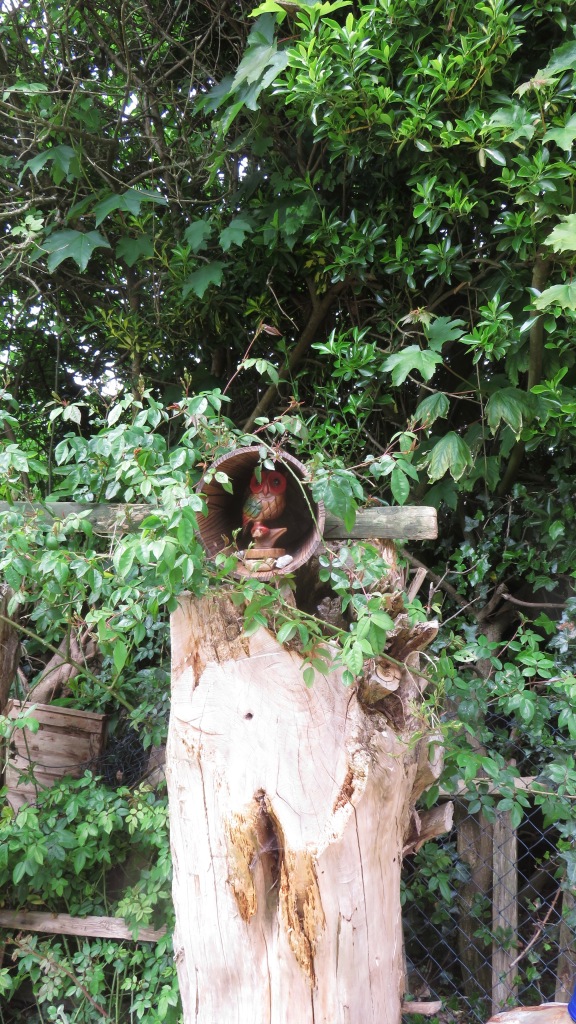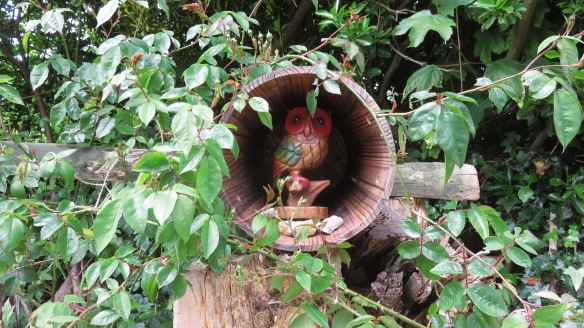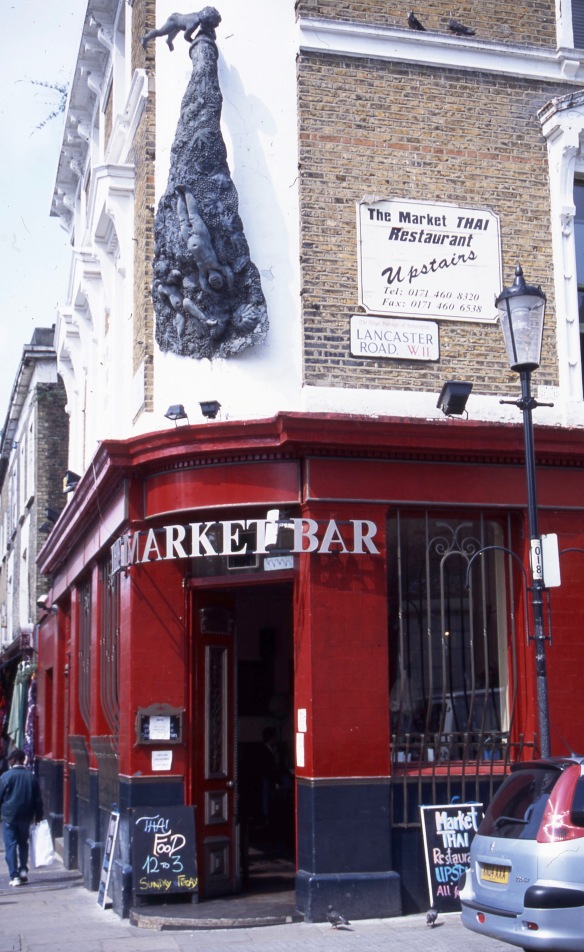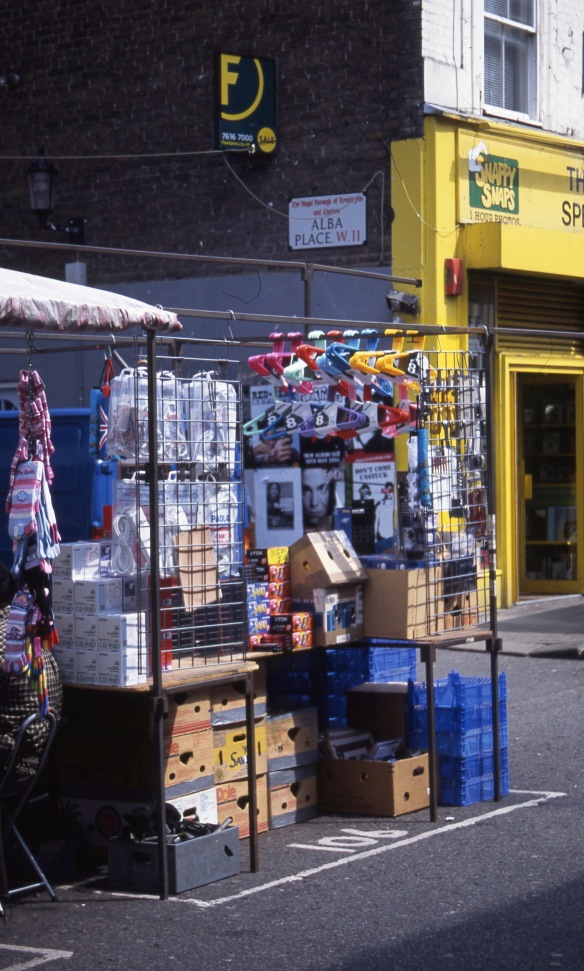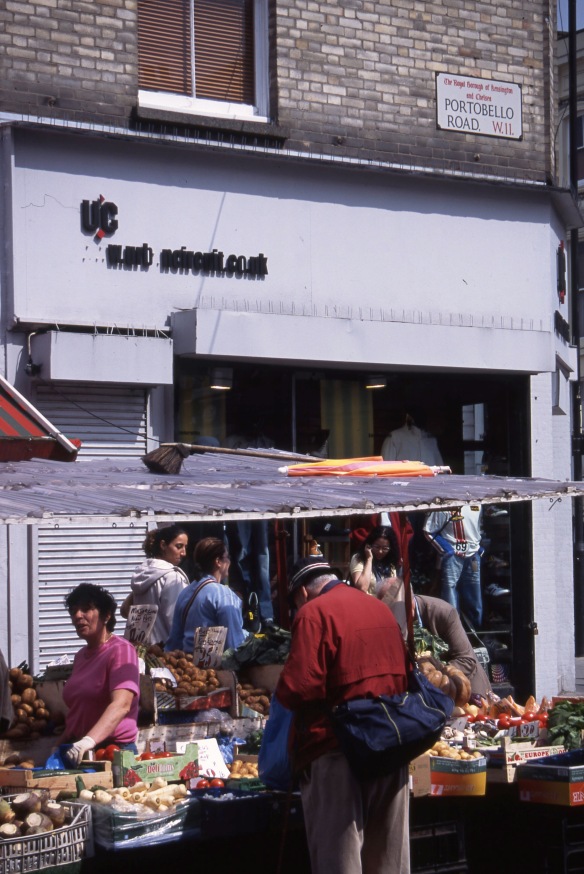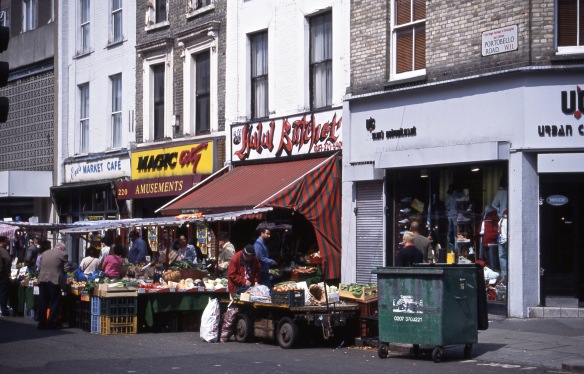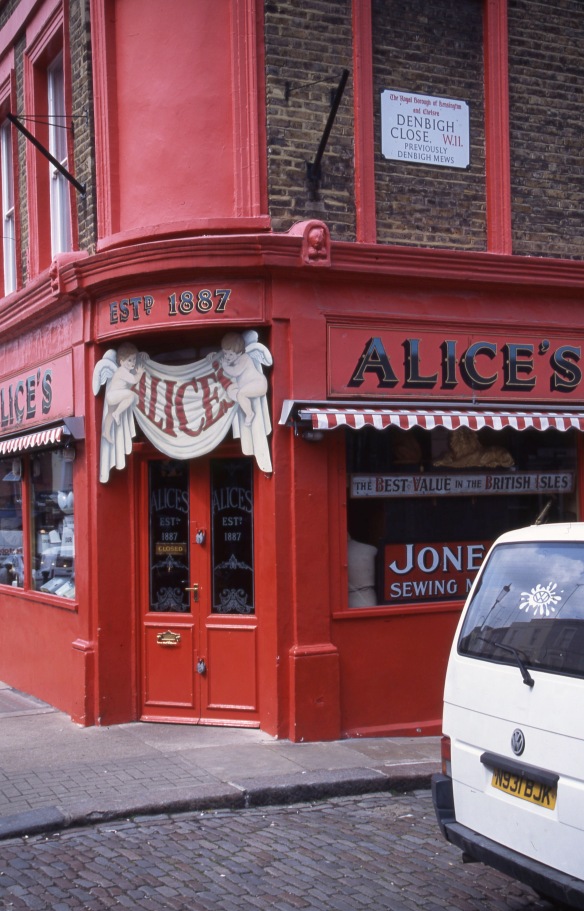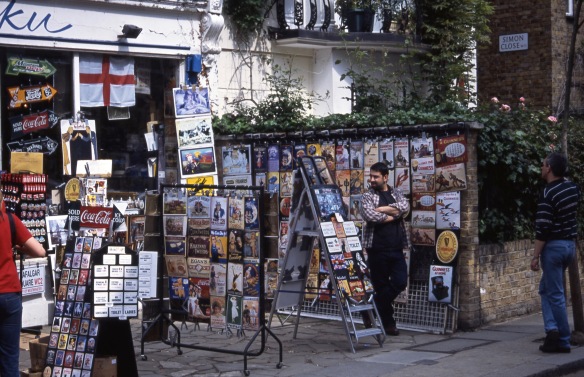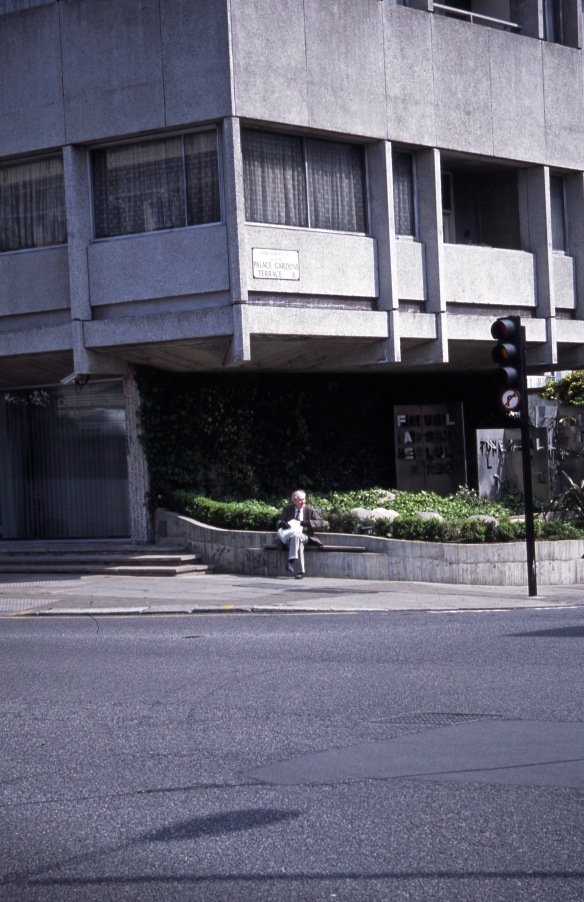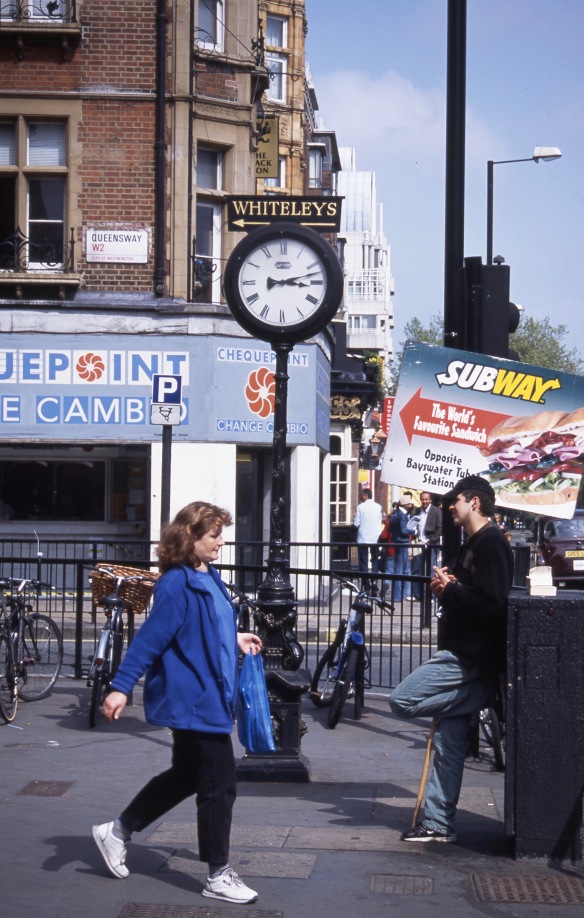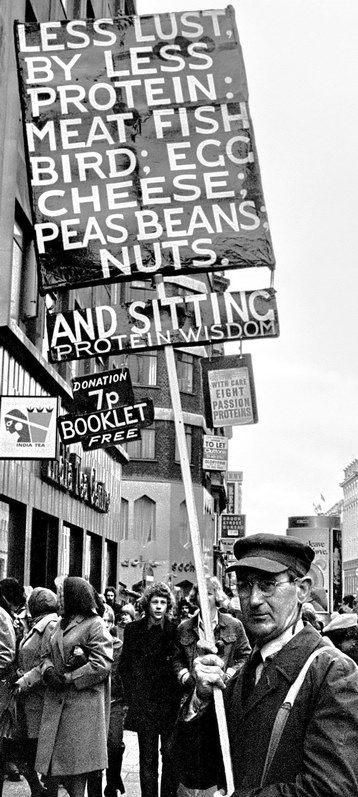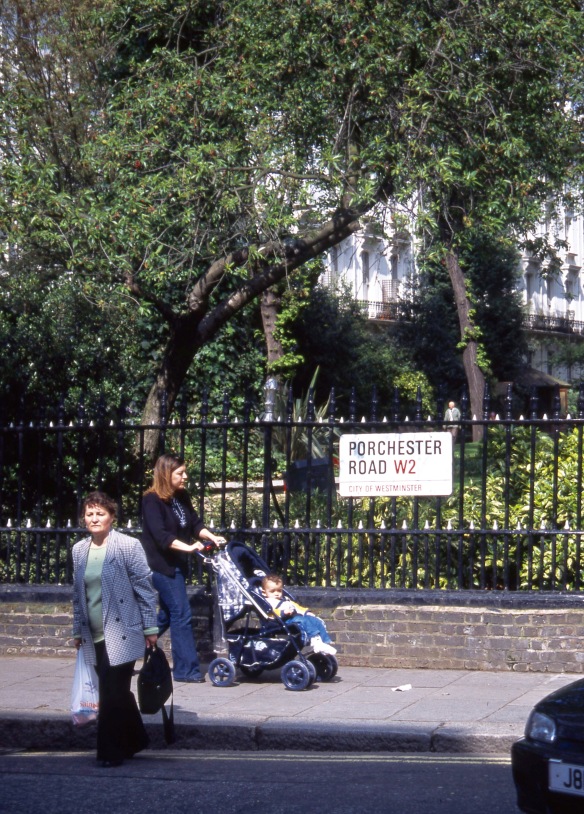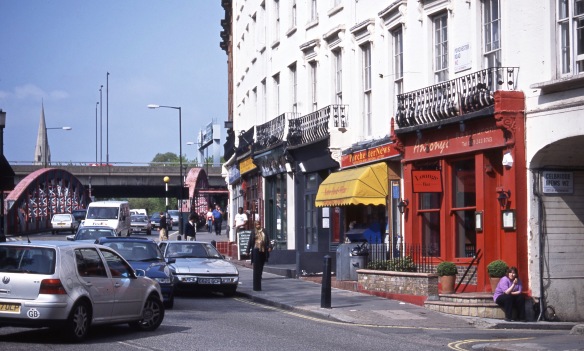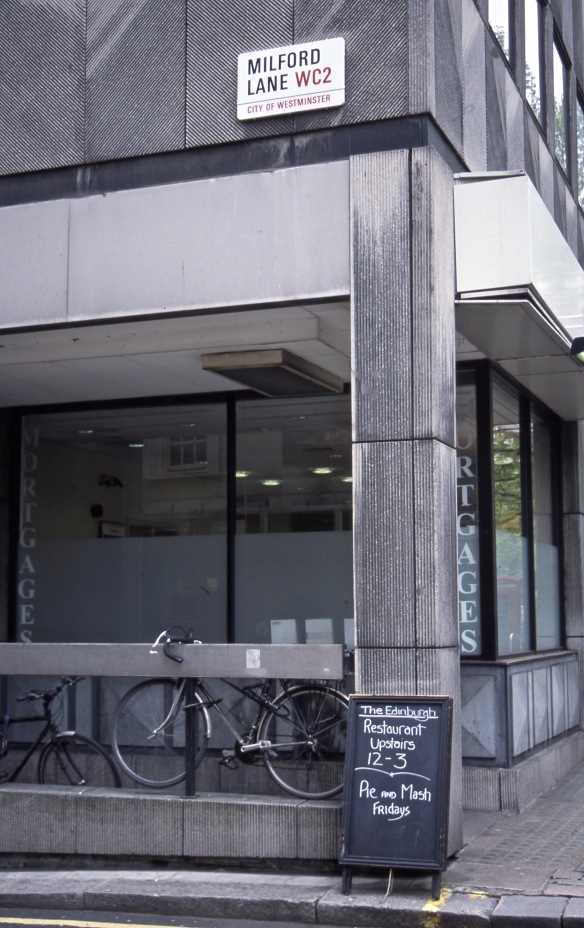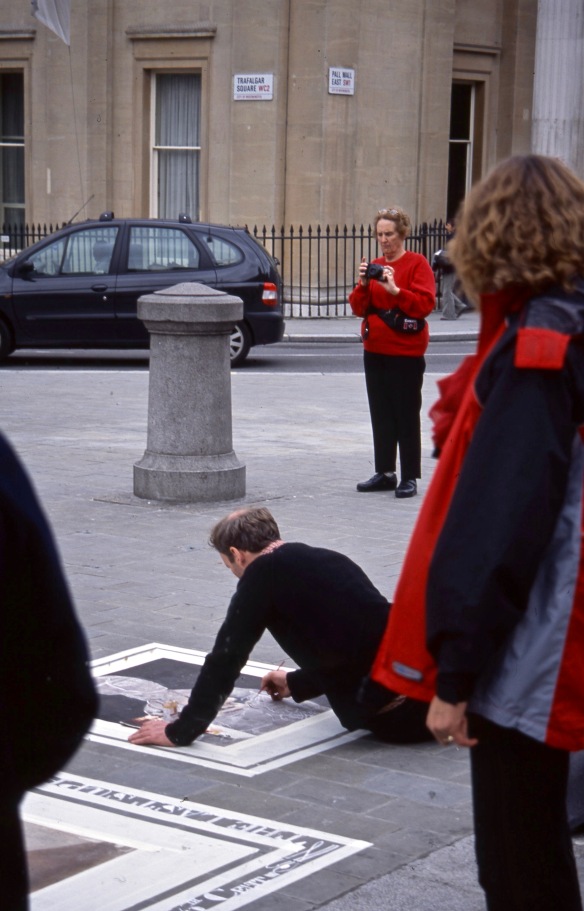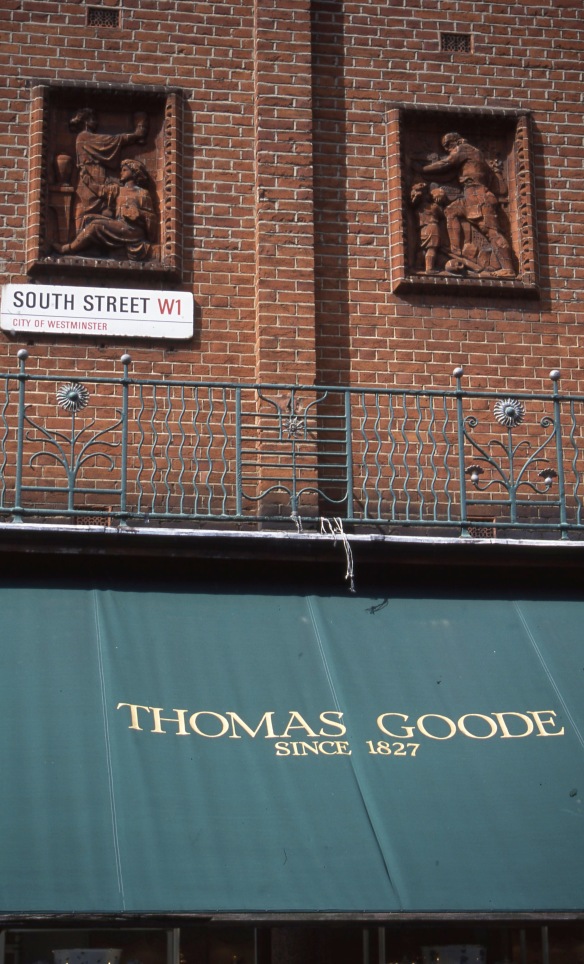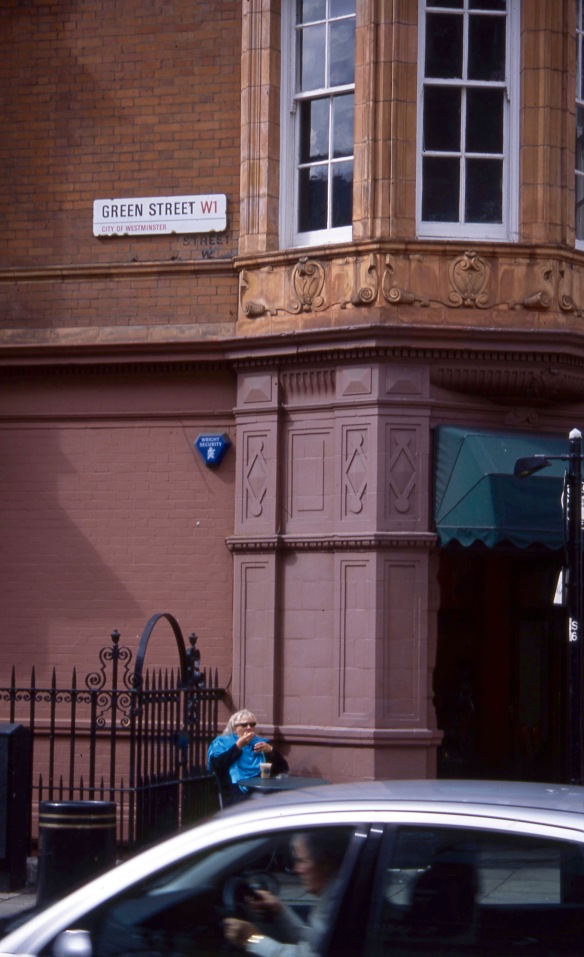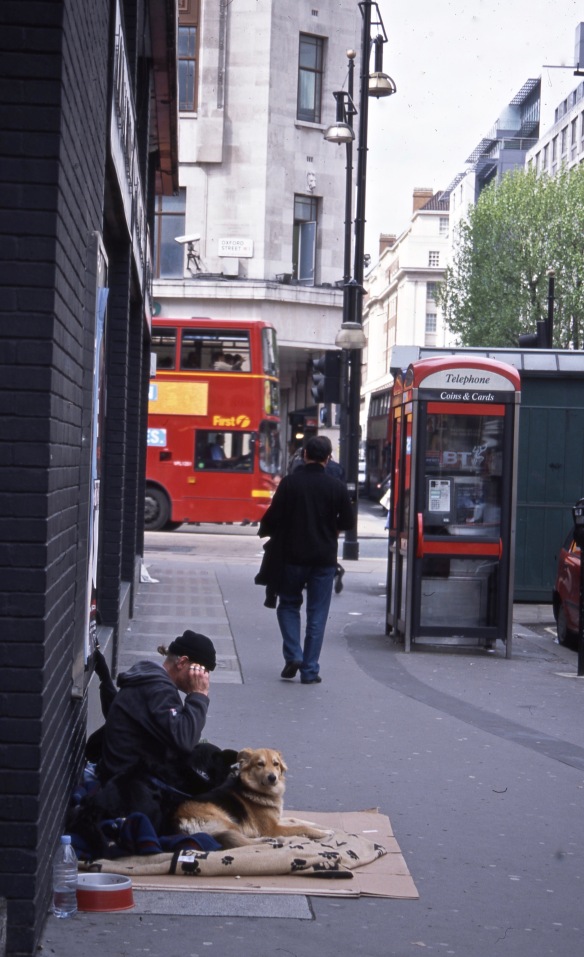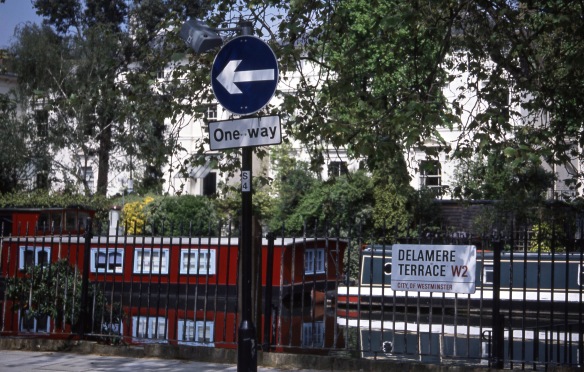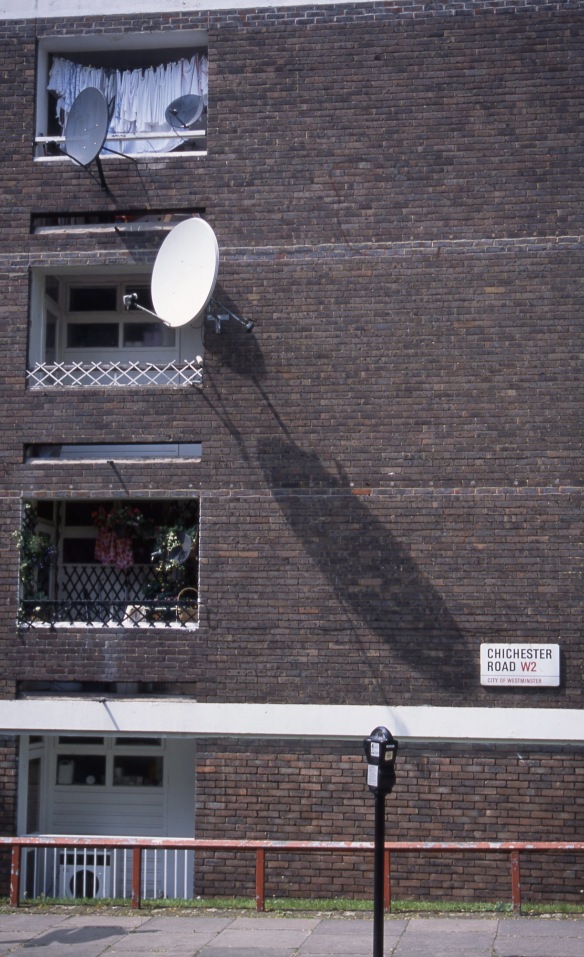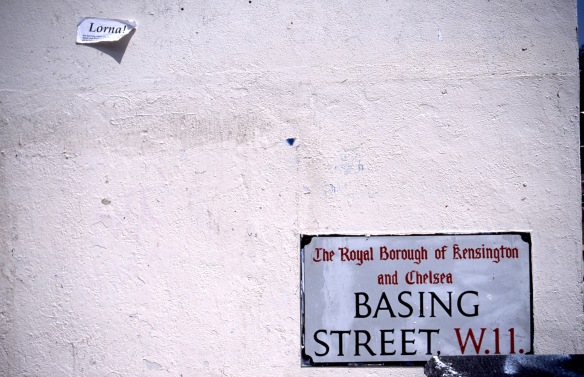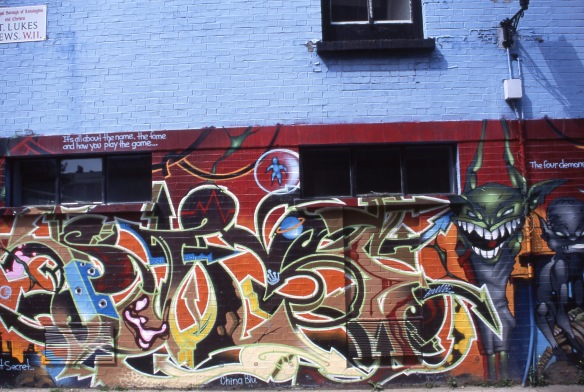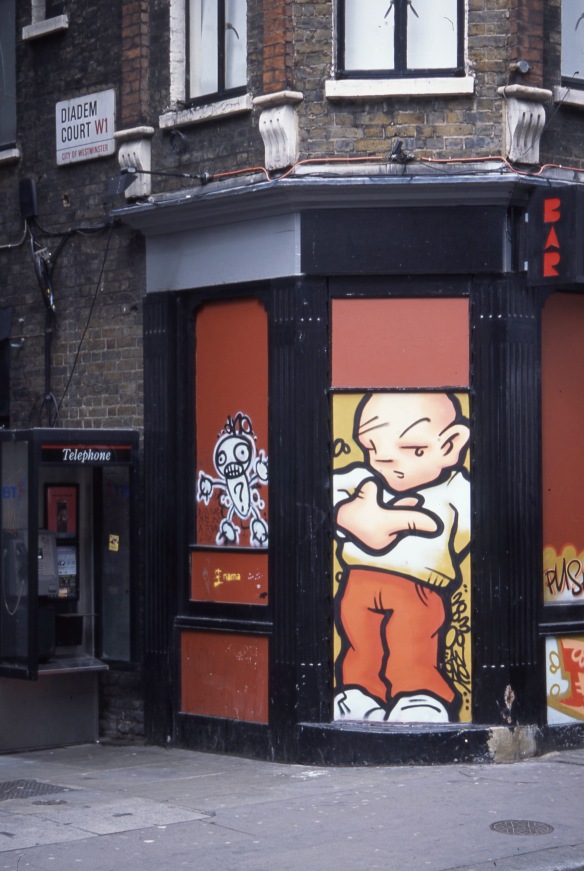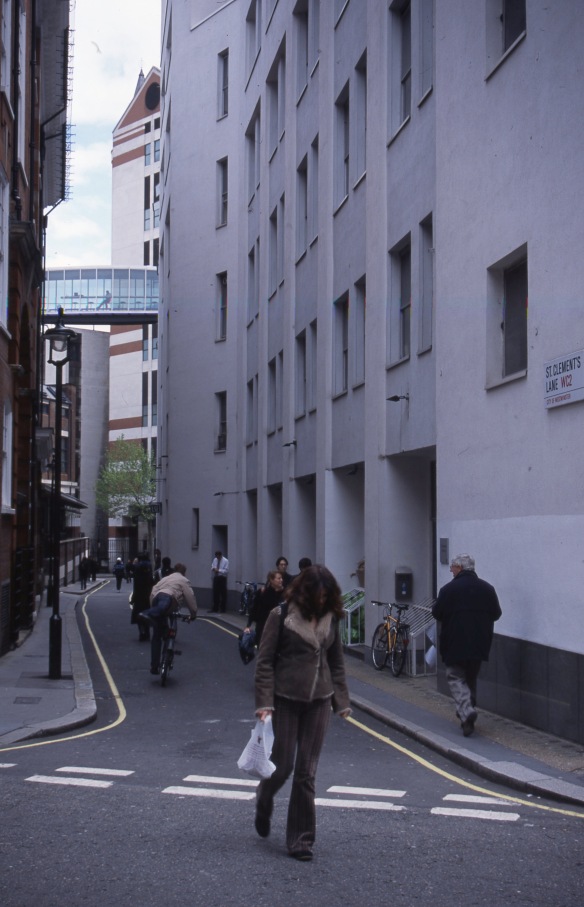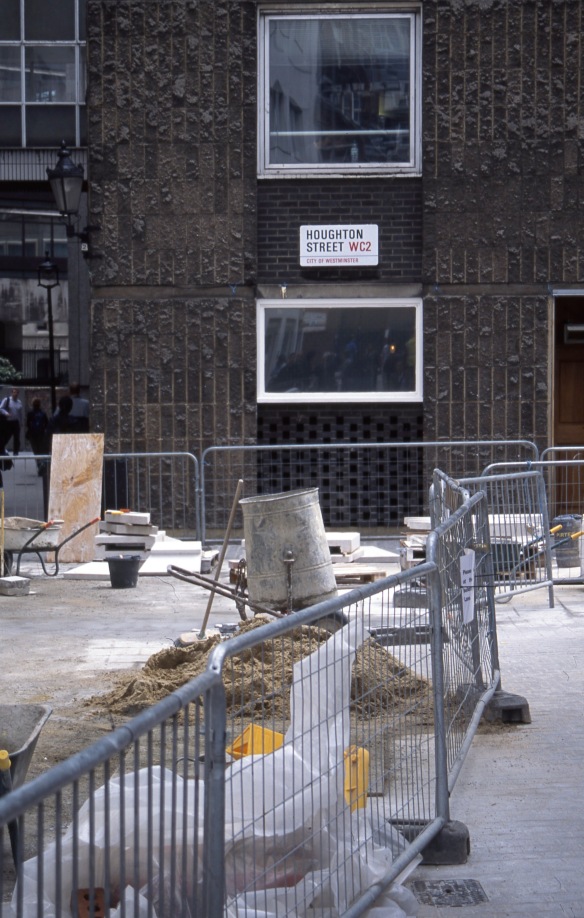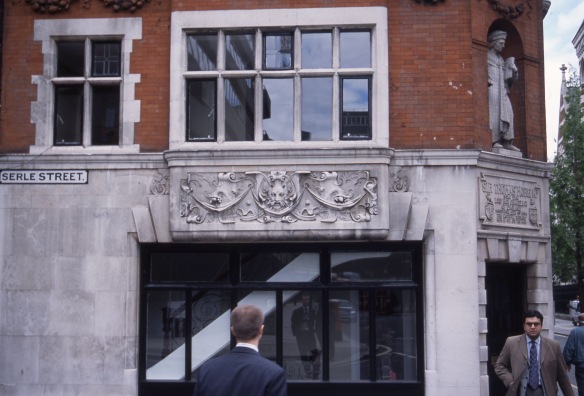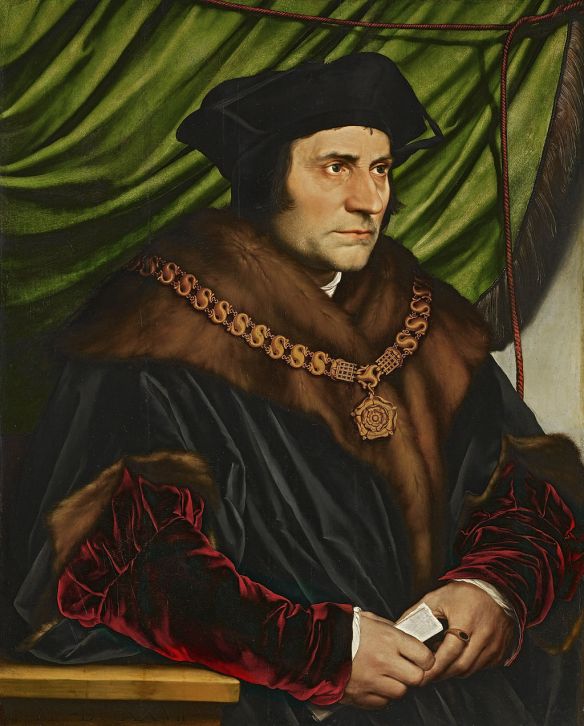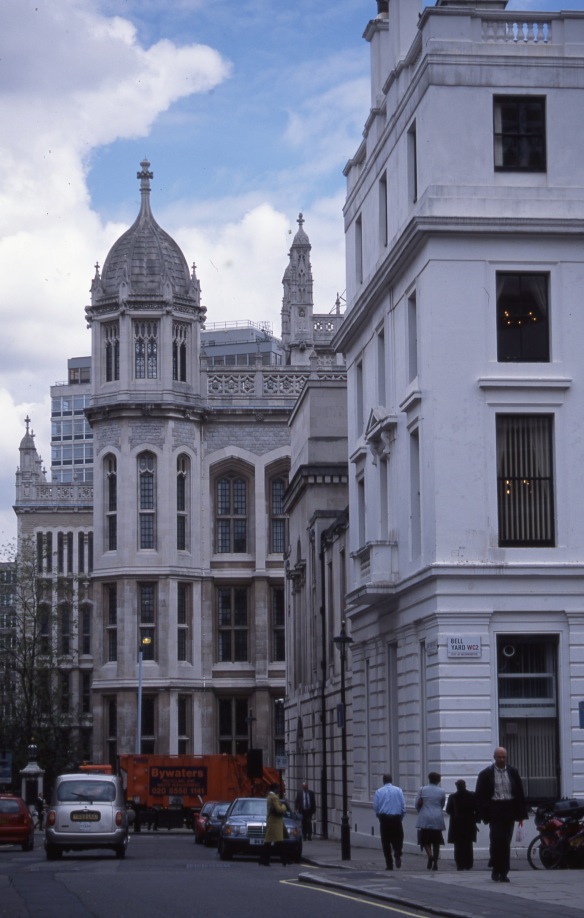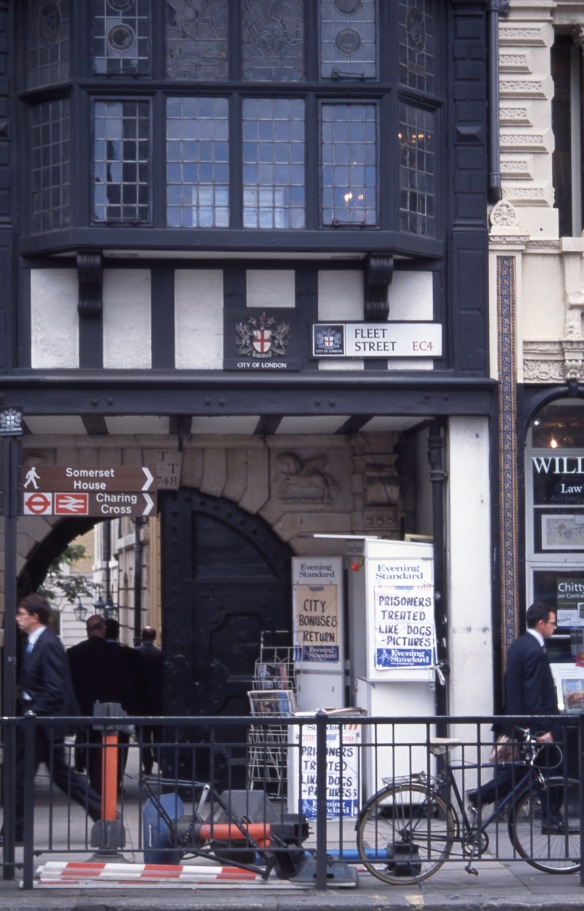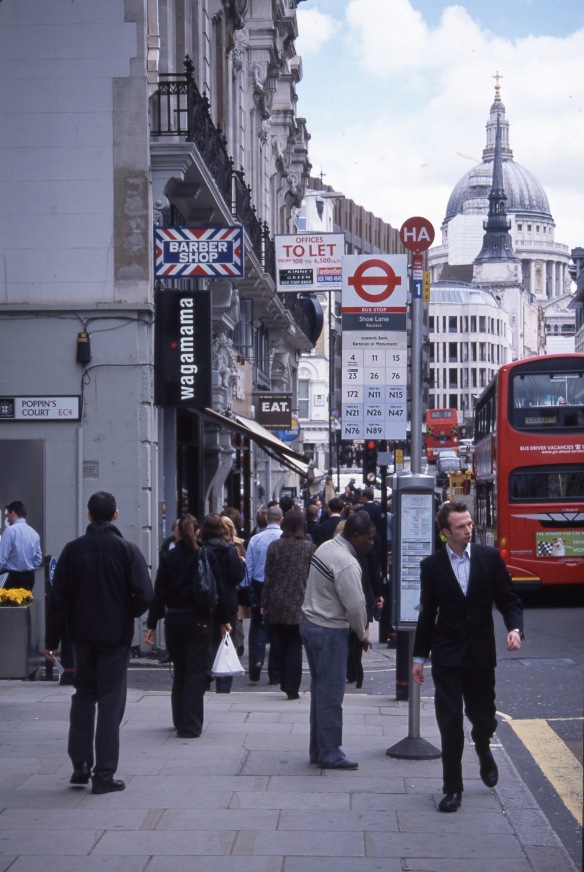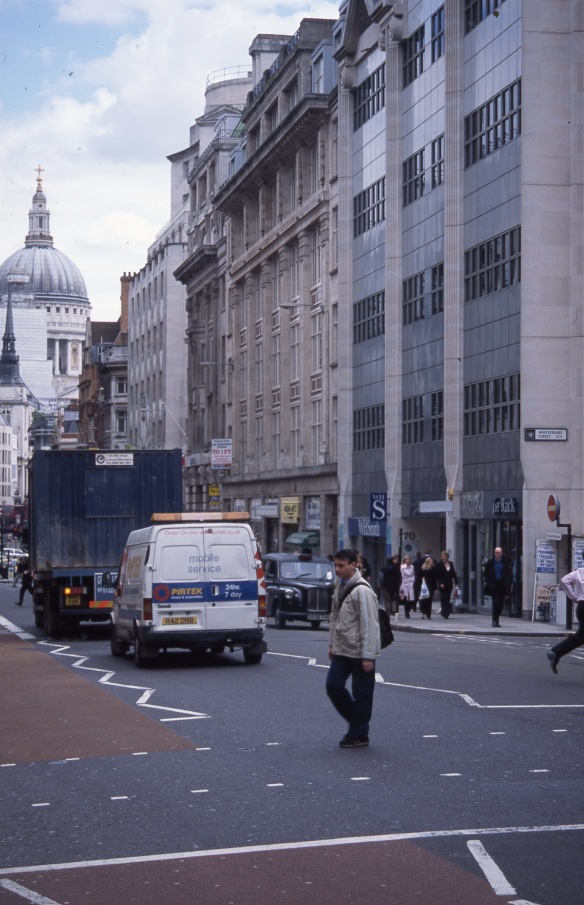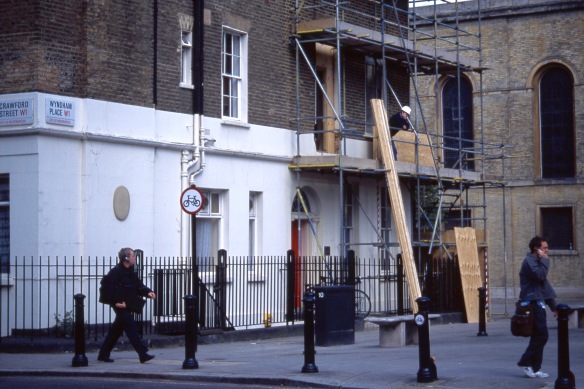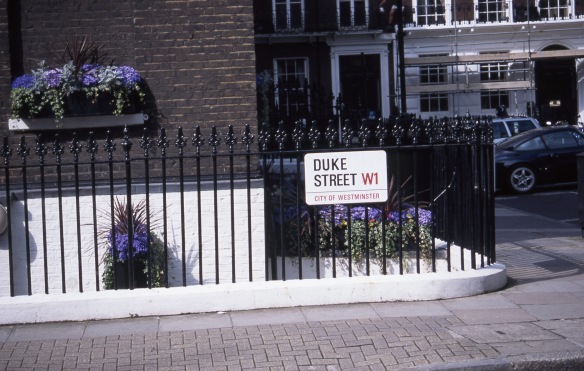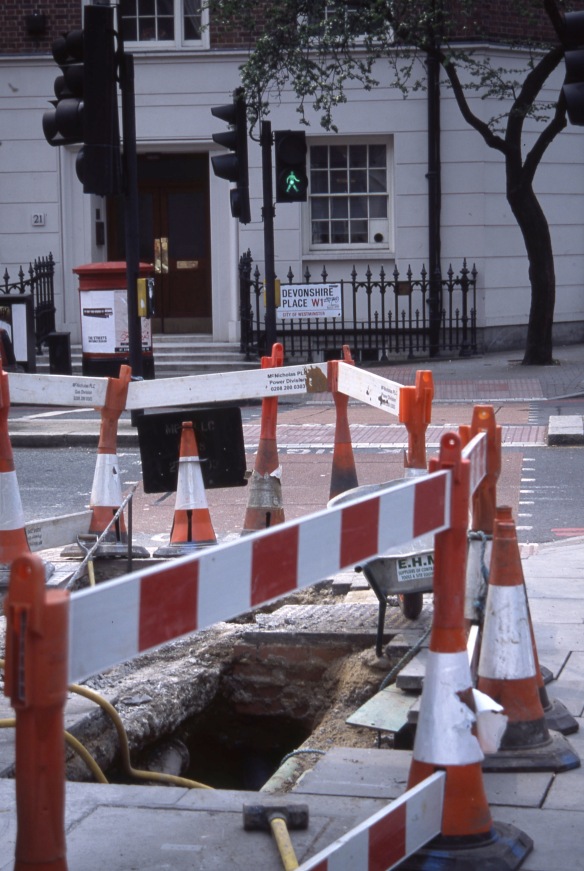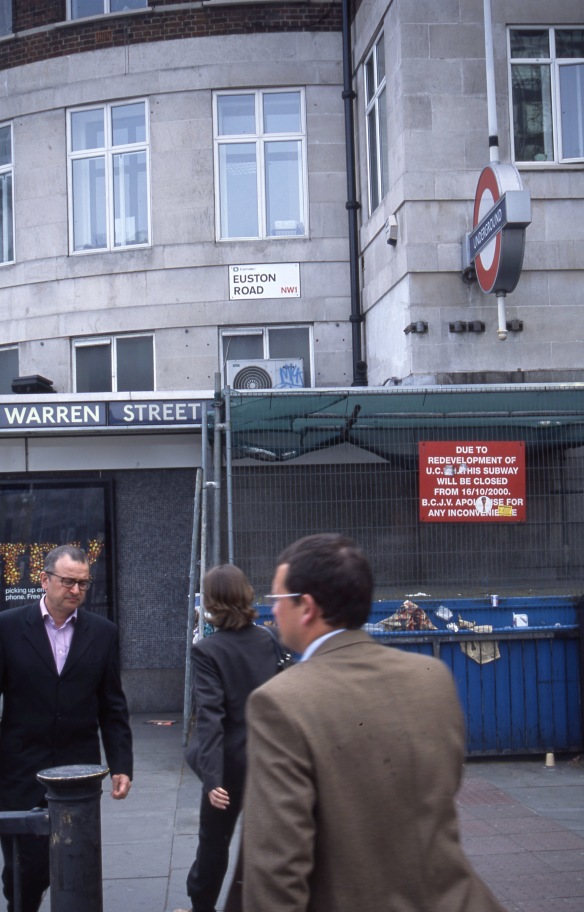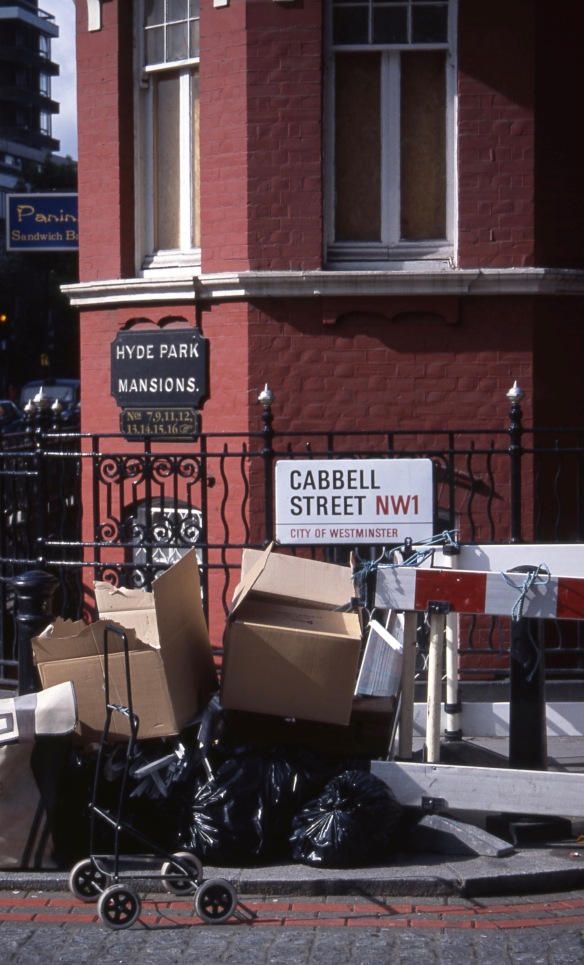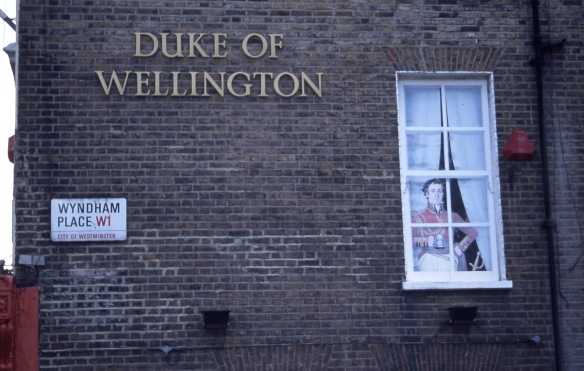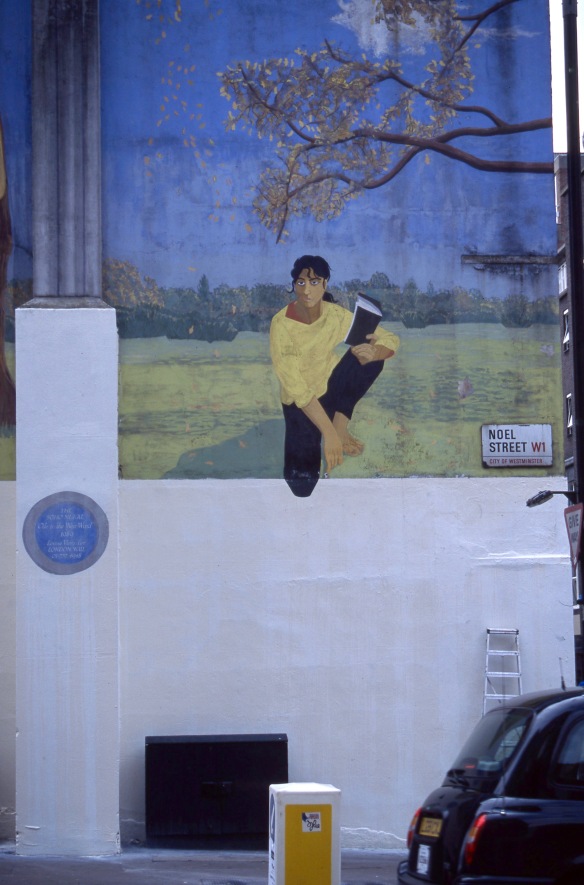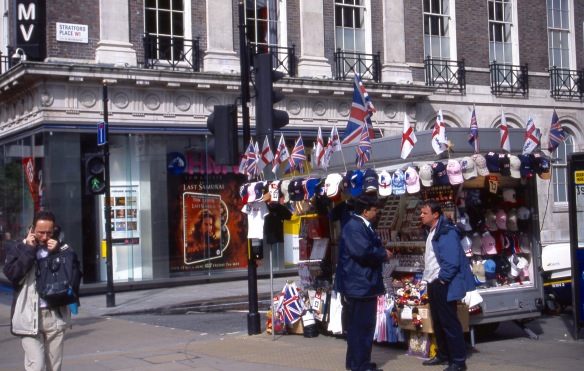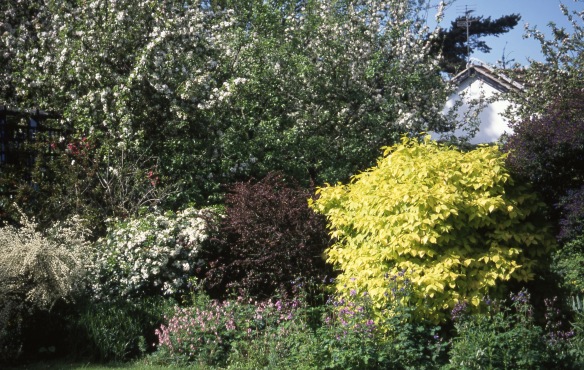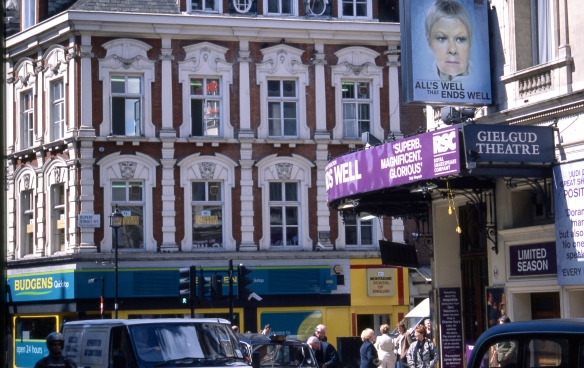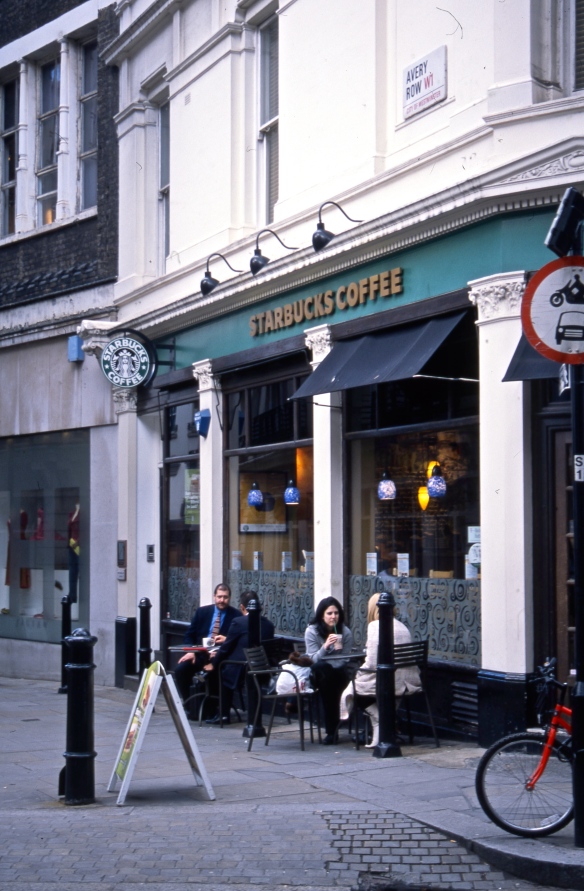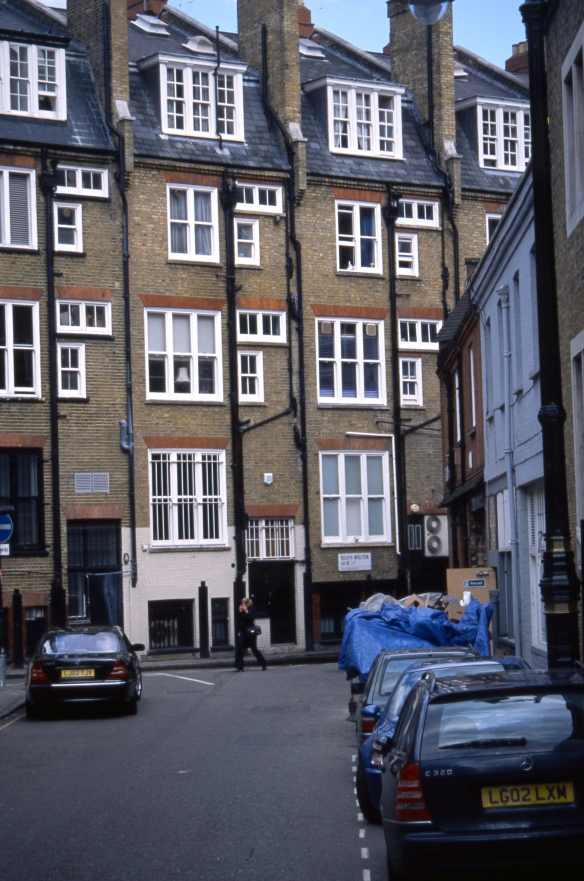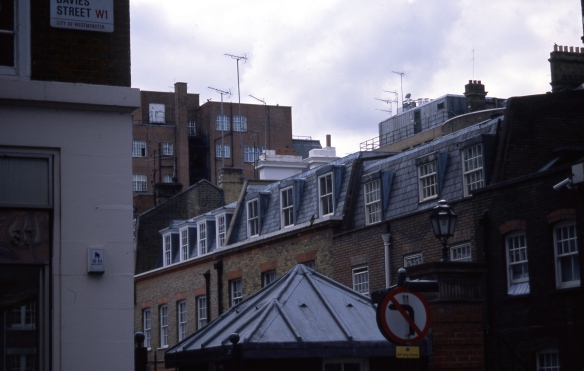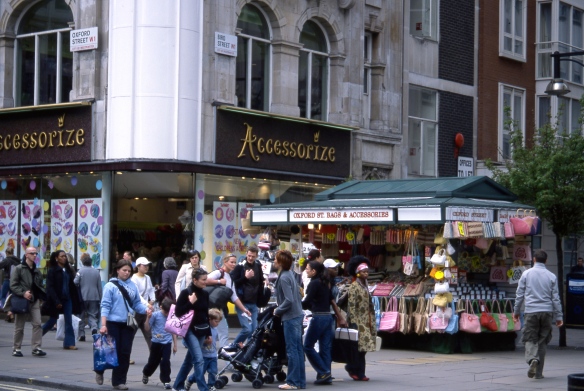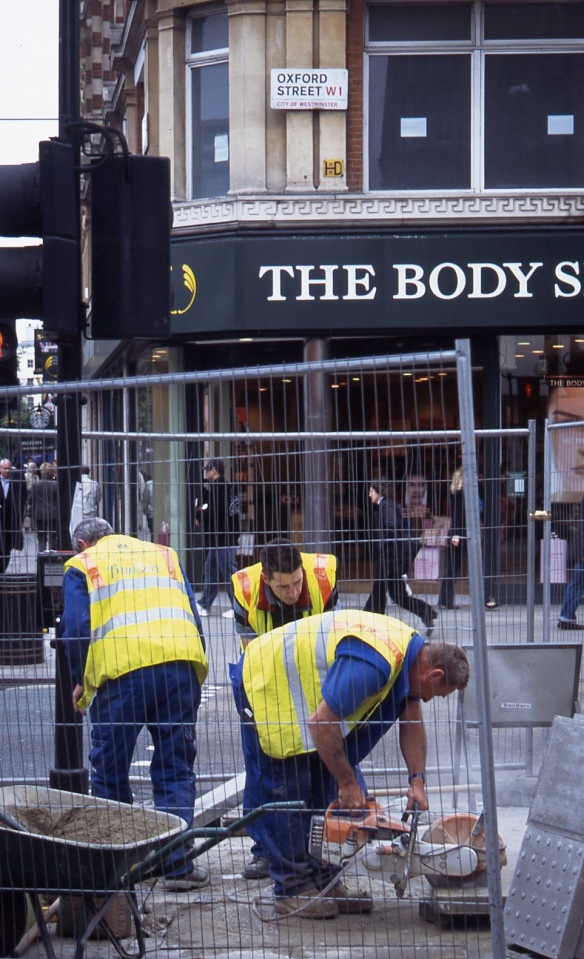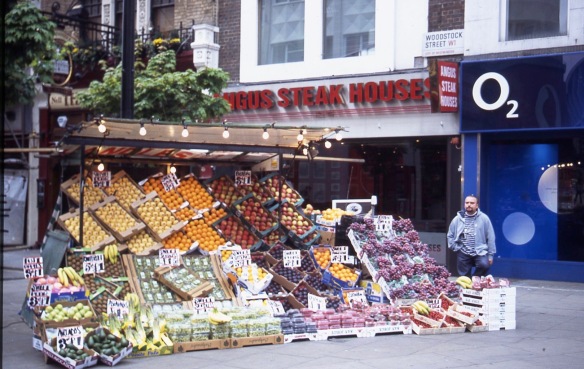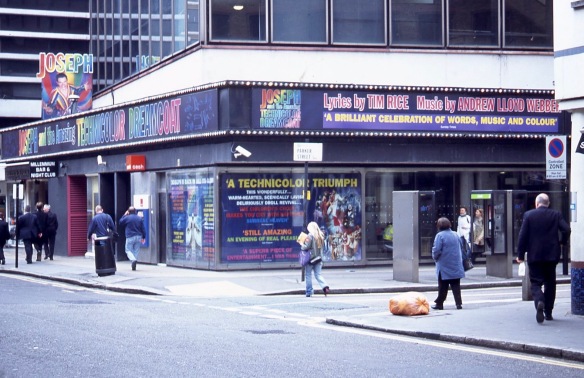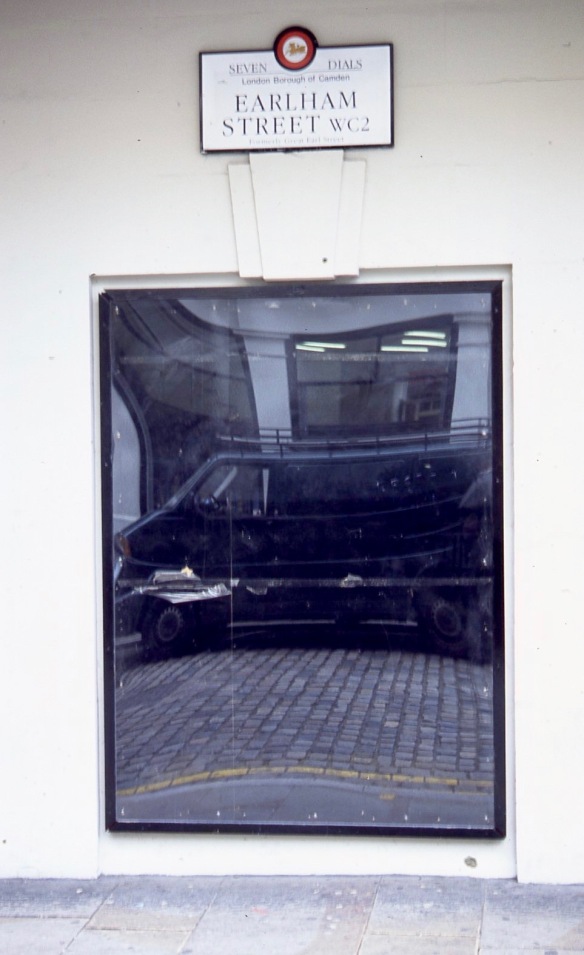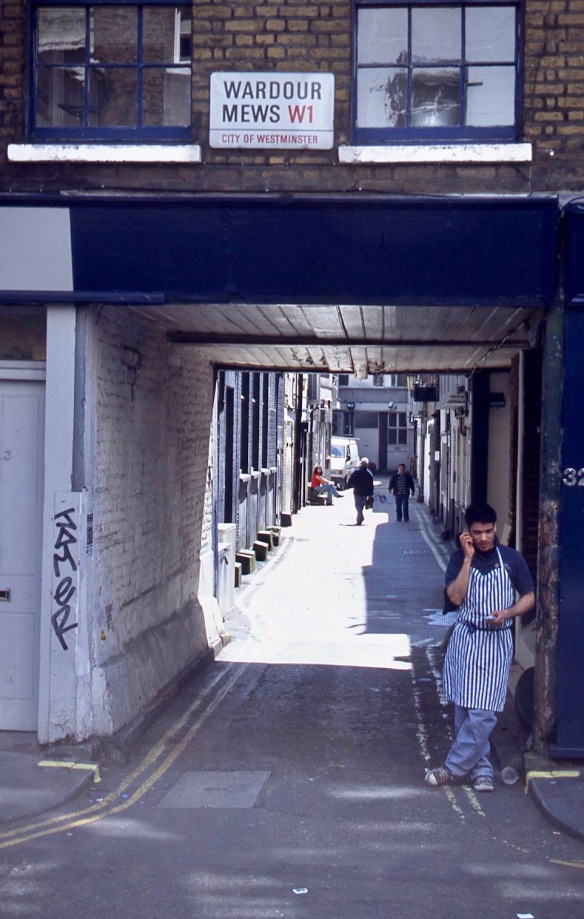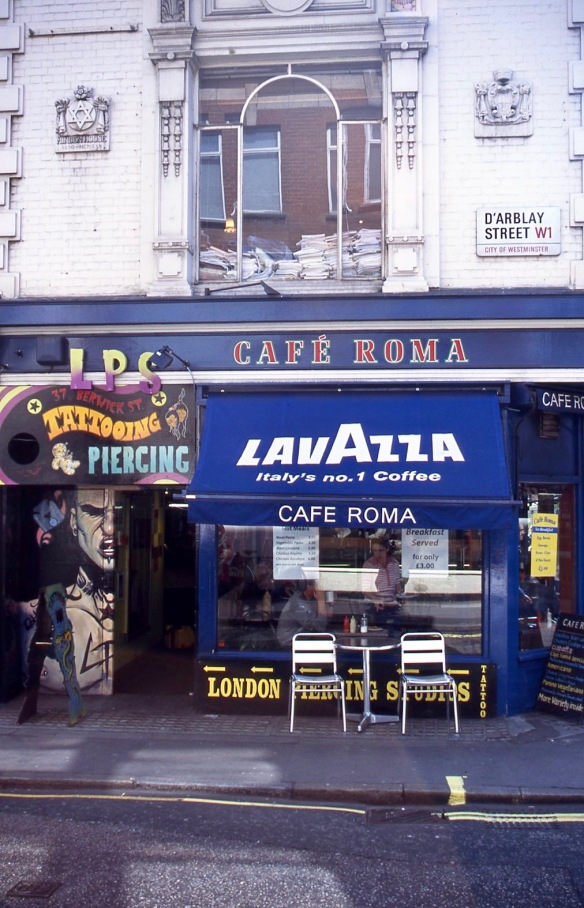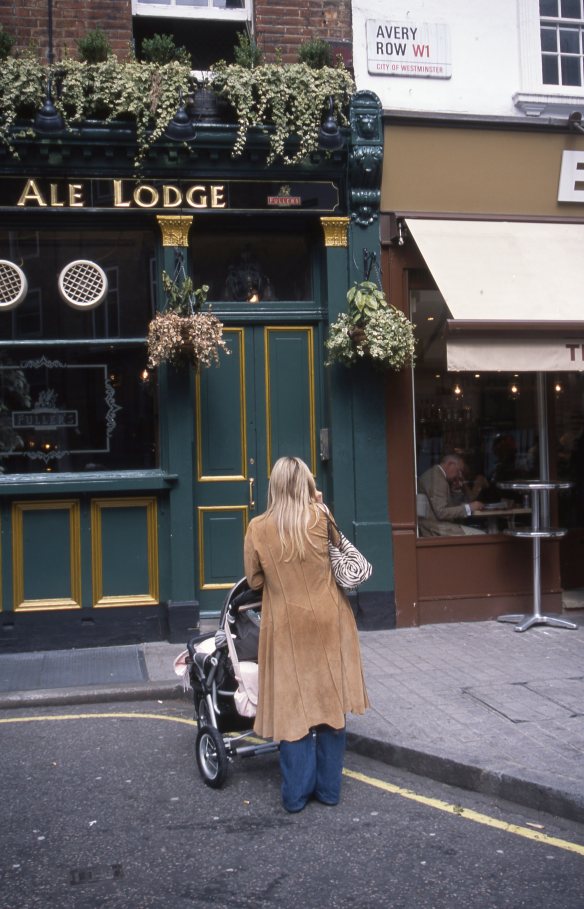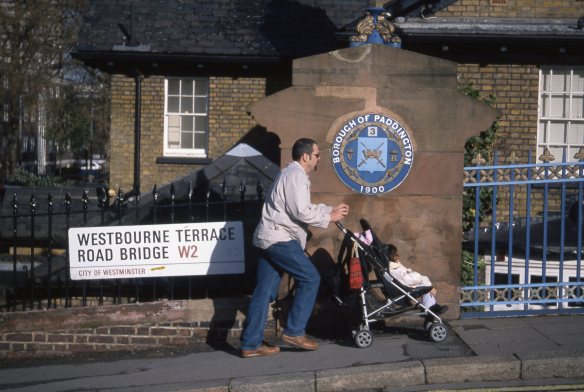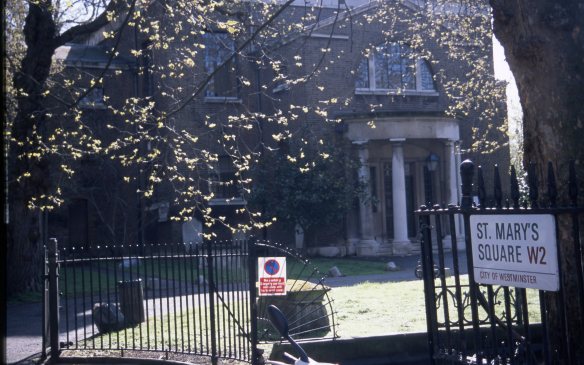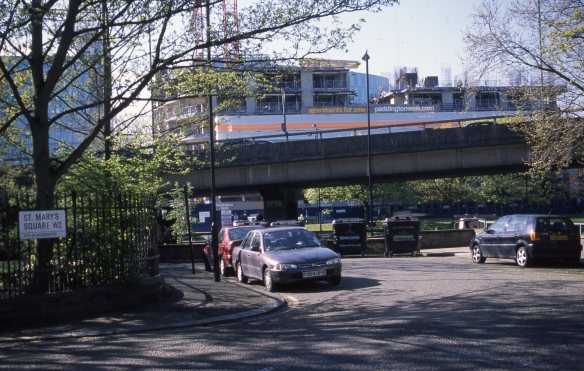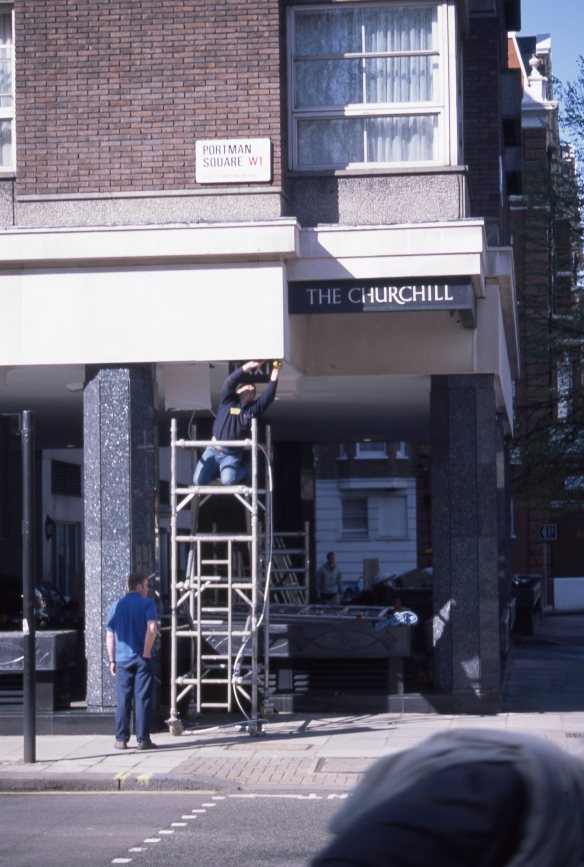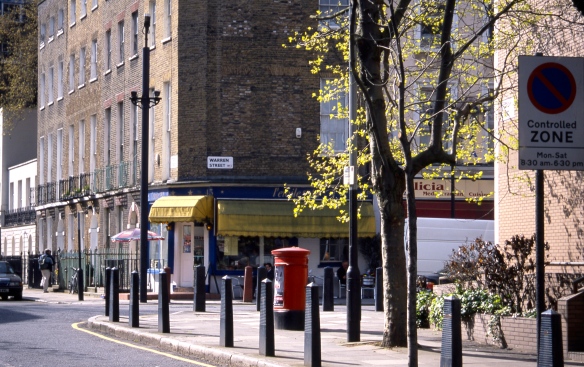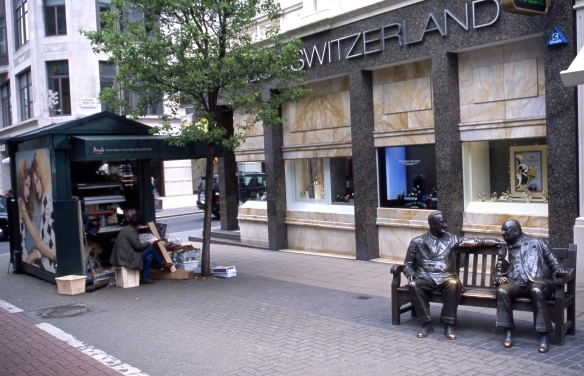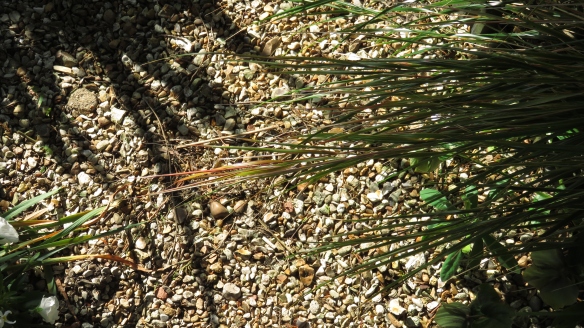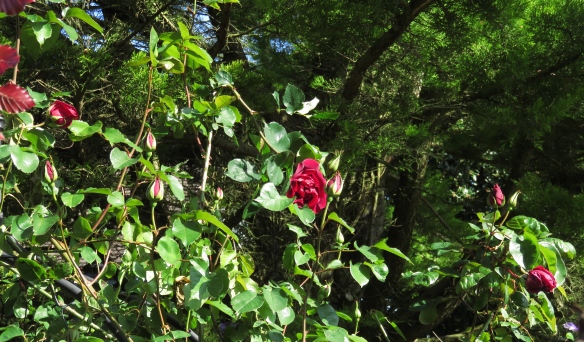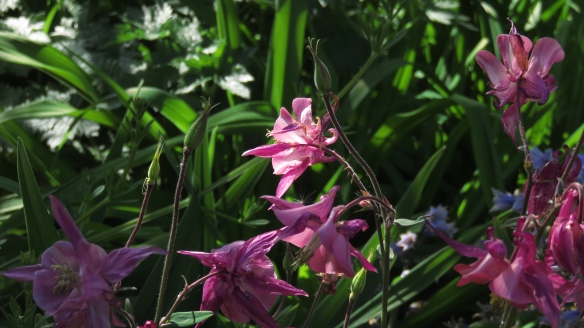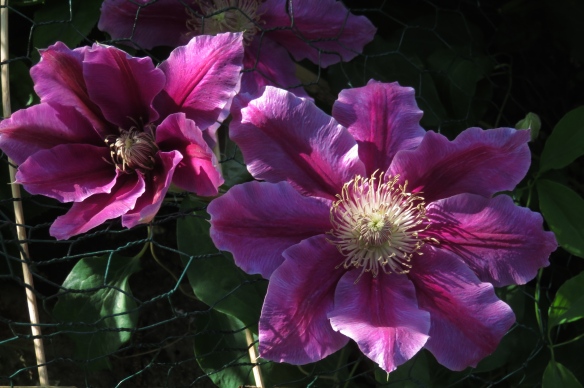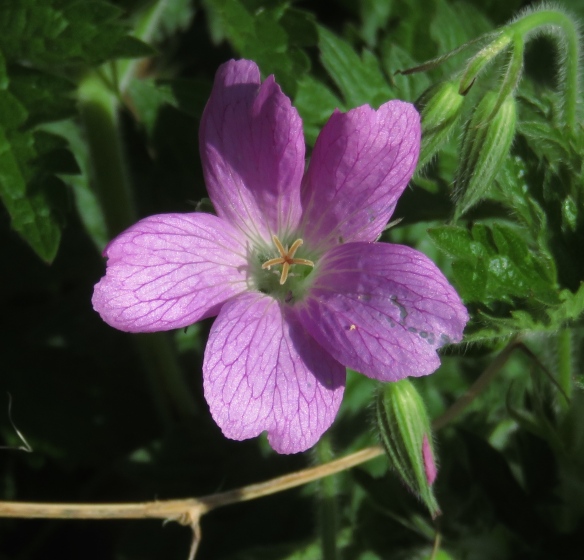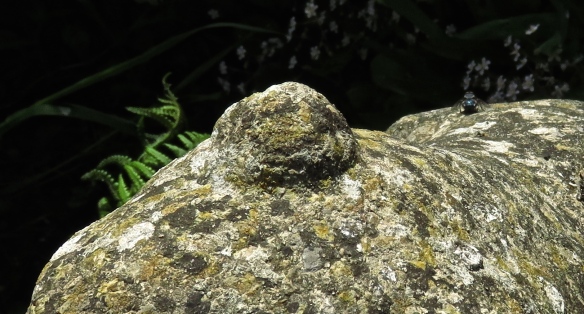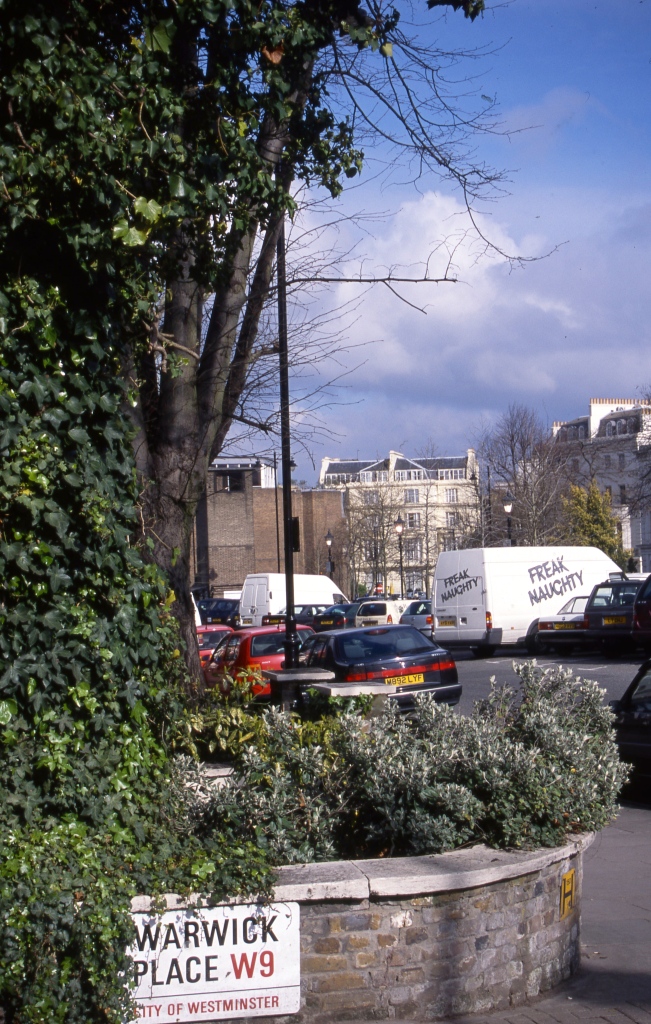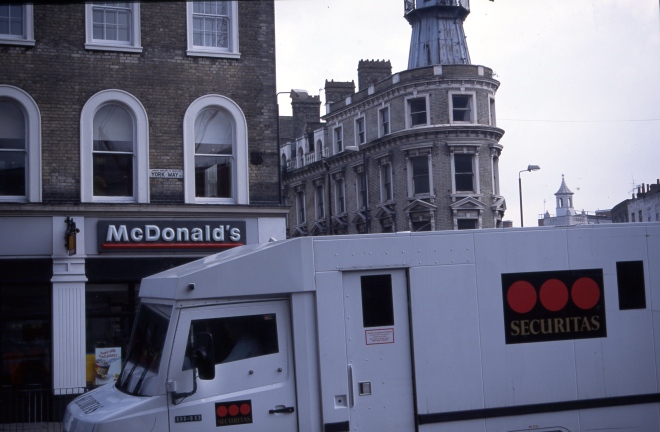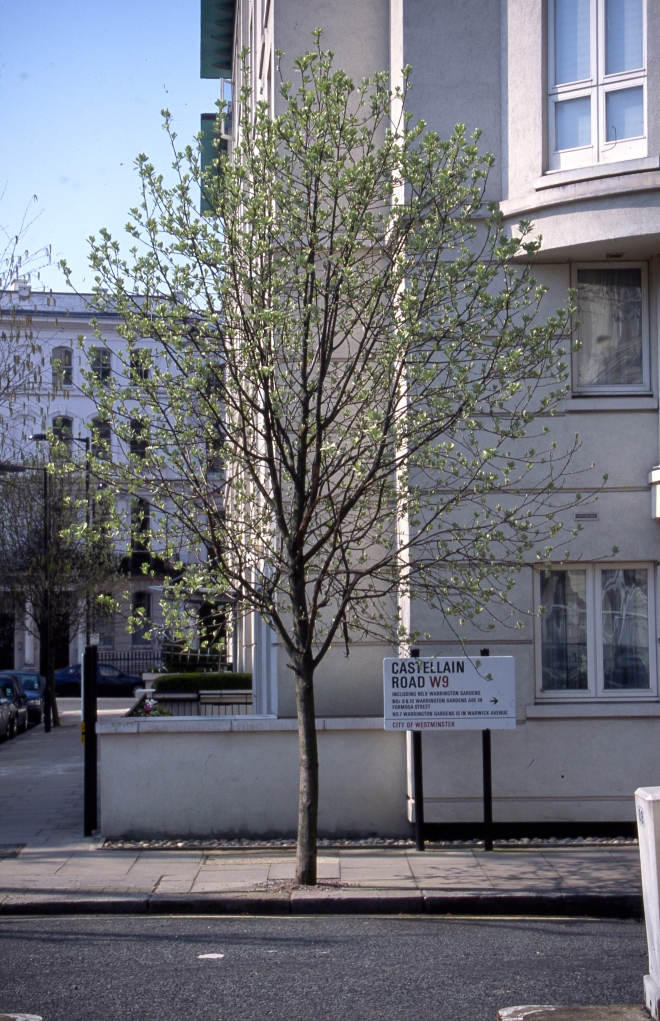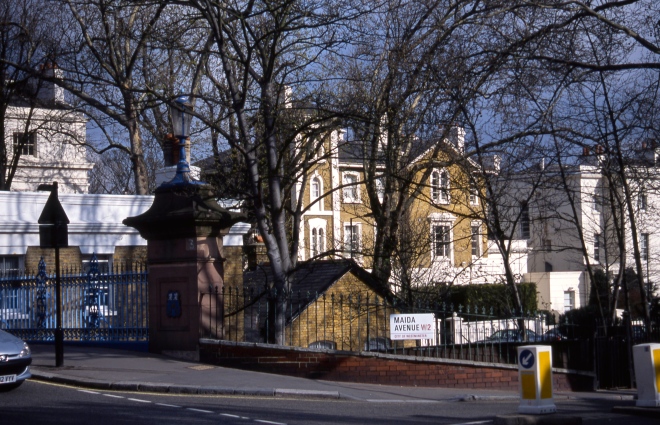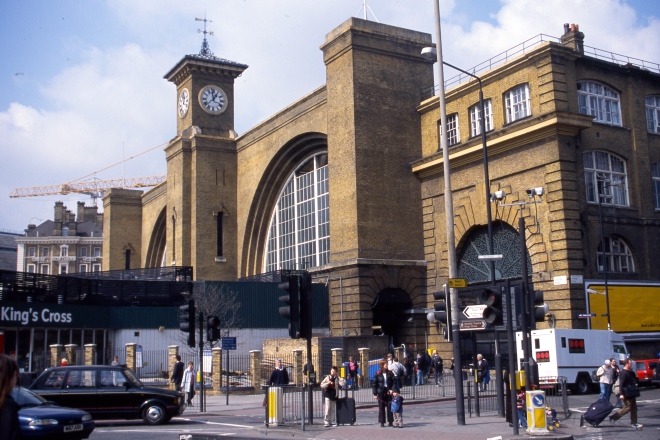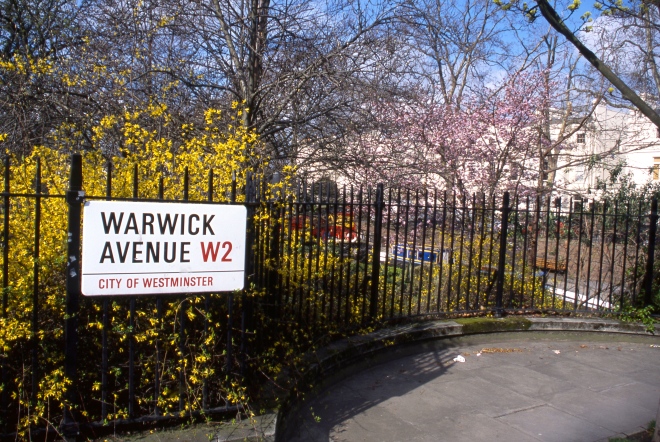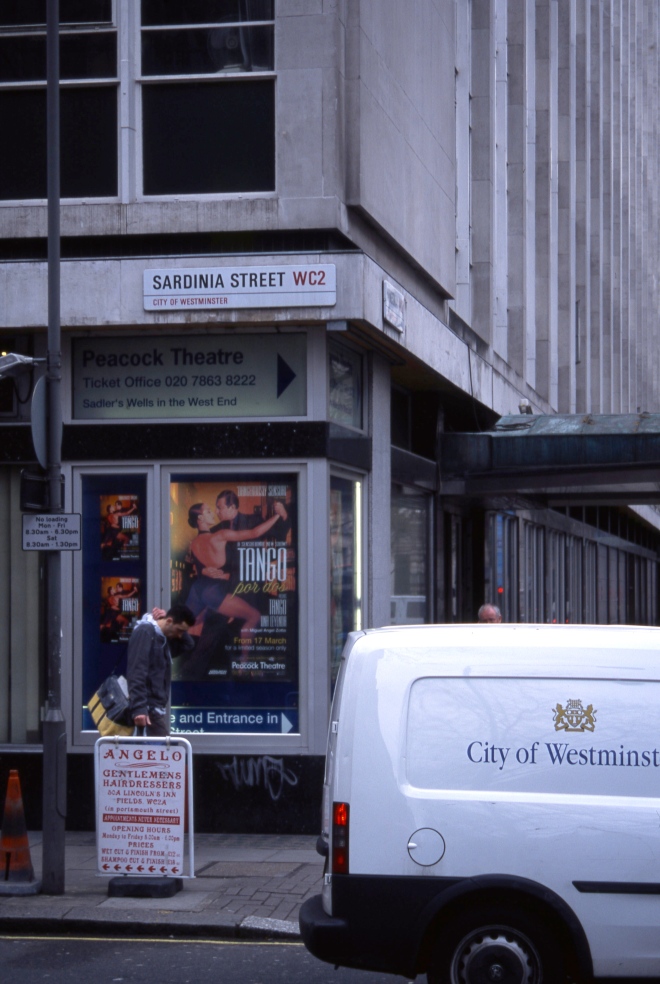IMAGES MAY BE ENLARGED BY CLICKING ON THEM. REPEAT IF NECESSARY.
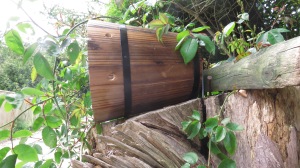 I am sure everyone would agree that a painted wooden owl should not be left out in the rain. It was because of this that The Head Gardener was delighted, when we took two more large bags of green waste to the dump, to find a wooden bin she thought was just the job for Winnie the Pooh’s friend, Wol.
I am sure everyone would agree that a painted wooden owl should not be left out in the rain. It was because of this that The Head Gardener was delighted, when we took two more large bags of green waste to the dump, to find a wooden bin she thought was just the job for Winnie the Pooh’s friend, Wol.
Back home she nailed the container to the top of one of the dead stumps along the back drive, and, with the promise of easy morsels within, persuaded the owl to take up residence. The rose surrounding our new friend is Félicité Perpetué, which we rescued from the undergrowth last year. It will soon be in bloom.
I scanned another dozen colour slides from the Streets of London series. These were taken on one walk in May 2004.
The Market Bar stands on the corner of Lancaster Road and Portobello Road, W11. The name derives from the world famous antiques market in which it is situated. It is one of the many London Pubs that hosts a Thai restaurant. Note the ubiquitous pigeons perched to the right of the cherubic sculpture. A couple of miles away in Marylebone is the Seashell seafood restaurant. I think the artwork would suit that establishment rather better.
At the NW end of Portobello Road the food market, with some general stalls, is a daily event. When, a few years later, I took up residence in Sutherland Place, I would shop there regularly,
and enjoy many a plentiful fry-up in the delightful Eve’s Market Café.
A little more in keeping with most of the modern public conveniences in London, this one in Lonsdale Road, seeming more substantial, makes the user less afraid that the door will open while he or she is enthroned, or, worse still, not open at all until the automatic cleansing operation has done its job. Twelve years on, it is a rare London street that does not contain pedestrians engaged in mobile phone conversations.
I took this photo of Alice’s antique shop on the corner of Denbigh Close at the Bayswater end of Portobello Road, for my eponymous granddaughter, then aged four.
Simon Close lies off the Notting Hill Gate end of Portobello. This shop marks the end of the market. Further on are rows of delightful cottages.
On into Bayswater, this gentleman took a rest in Palace Gardens Terrace, W8.
Garden Mews, W2 is just one of the many enticingly elegant enclaves to be found in many parts of the capital. They tend, of necessity, to guard their privacy.
This woman, leaving Queensway so purposefully is probably making her way into Kensington Gardens, referred to in the Terrace above. Once we had gentlemen walking around the city carting sandwich boards. Now we see single boards on the end of a pole clutched by a stationary guardian, unless he has found a usual place to prop his ward. Whiteley’s is a world famous store at the far end of Queensway.
I well remember Stanley Green, seen here, in 1977 (commons.wikimedia.org), who tramped up and down Oxford Street for years, toting his own idiosyncratic message.
Many squares of grand terraced housing surround enclosed gardens, like this one alongside Porchester Road.
Much to the bemusement of the woman taking a cigarette break beside Celbridge Mews, the car in the foreground of this picture seems intent on forcing its way into the line of traffic coming off Lord Hills Bridge at the Westway End of Porchester Road. Beneath the bridge runs the underground railway leading to Royal Oak station, unseen, to the right of the distant pedestrians.
This evening we enjoyed Mr Pink’s fish and chips served with pickled onions and gherkins. Jackie drank Hoegaarden, and I drank more of the fleurie.
